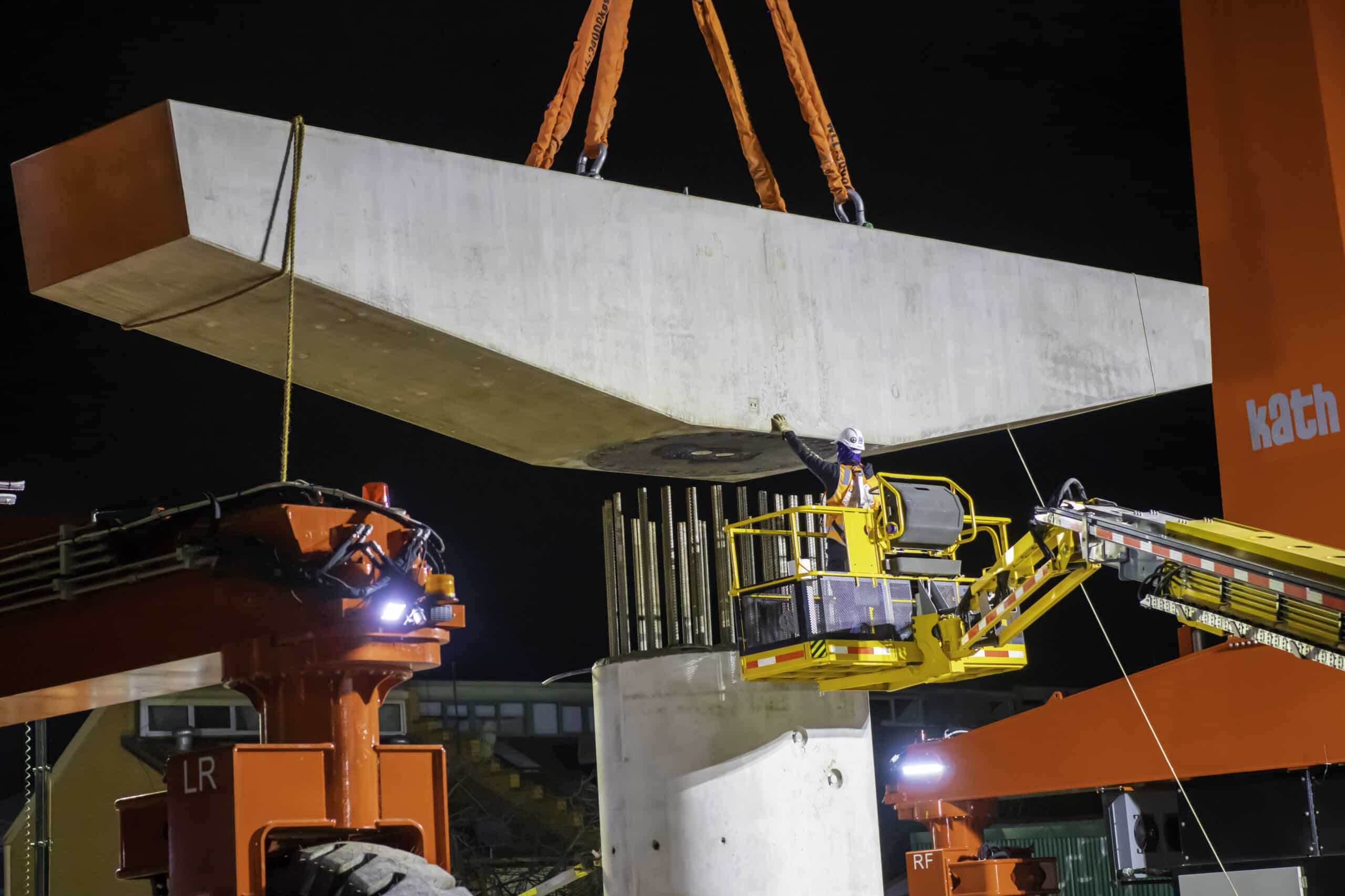About these resources
The following resources have been produced to support teachers to incorporate the context and building and construction related to the Level Crossing Removal Project into their teaching of science.
The resource packs are:
- Connected to both the Victorian Curriculum 2.0 and Australian Curriculum 9.0
- Designed to be adapted to your cohort and context
- Intended to fit into a larger teaching and learning sequence
- Supportive of models of teaching practice such at the Victorian Model of Teaching and Learning 2.0
They are not complete standalone programs, or detailed lesson plans, that cover every aspect of the relevant content.
These resources are not a substitute for pedagogical content knowledge, and will require teacher expertise and professional judgement to be used effectively.
Acknowledgement
The Science Teachers’ Association of Victoria would like to acknowledge the contribution from the North Western Program Alliance, comprised of Level Crossing Removal Project, John Holland, Kellogg Brown & Root, Metro Trains Melbourne and V/Line. All photography and video are the property of the North Western Program Alliance and are not permitted to be reproduced or distributed in any form without prior written permission.
To find out more about the Level Crossing Removal Project visit the Big Build website.
Resource Pack 1 - Forces in the real world
This resource focuses on supporting connections between identifying and representing forces and the context of civil construction.
It is comprised of nine sections:
- Building vocabulary
- Introduction to construction
- Types of forces
- Identifying forces on objects
- Identifying forces in construction
- Creating force diagrams
- Force diagrams in construction
- Combining forces
- Balanced forces
Curriculum Connections
These materials are best suited for use at Level 7 and 8.
They could be adapted and used at Level 9 and 10 as part of activation of prior knowledge.
Victorian Curriculum 2.0
- Level 7 & 8 Physical Sciences VC2S8U14 : balanced and unbalanced forces acting on objects, including gravitational force, may be investigated and represented using force diagrams; changes in an object’s motion can be related to its mass and the magnitude and direction of the forces acting on it
- Level 7 & 8 Achievement Standard: …represent and explain the effects of forces acting on objects
- Level 9 & 10 Physical Sciences VC2S10U17: Newton’s laws of motion can be used to quantitatively analyse the relationship between force, mass and acceleration of objects
- Level 9 & 10 Achievement Standard: …use Newton’s laws to describe and predict the motion of objects in a system
Australian Curriculum 9.0
- Level 7 Physical Sciences AC9S7U04: investigate and represent balanced and unbalanced forces, including gravitational force, acting on objects, and relate changes in an object’s motion to its mass and the magnitude and direction of forces acting on it
- Level 7 Achievement Standard: …represent and explain the effects of forces acting on objects
- Level 10 Physical Sciences AC9S10U05: investigate Newton’s laws of motion and quantitatively analyse the relationship between force, mass and acceleration of objects
- Level 10 Achievement Standard: …explain how Newton’s laws describe motion and apply them to predict motion of objects in a system
Resource pack contents
The following resources ave available in the pack:
The videos are embedded in the slides. The links above are provided if helpful for playback online.
Resource Pack 2 - Passive design
This resource will be published in Term 3, 2025
Resource Pack 3 - Sustainable materials
This resource will be published in Term 3, 2025
Resource Pack 4 - Reducing emissions in construction
This resource will be published in Term 3, 2025
Feedback on these resources
A feedback form is coming soon.

